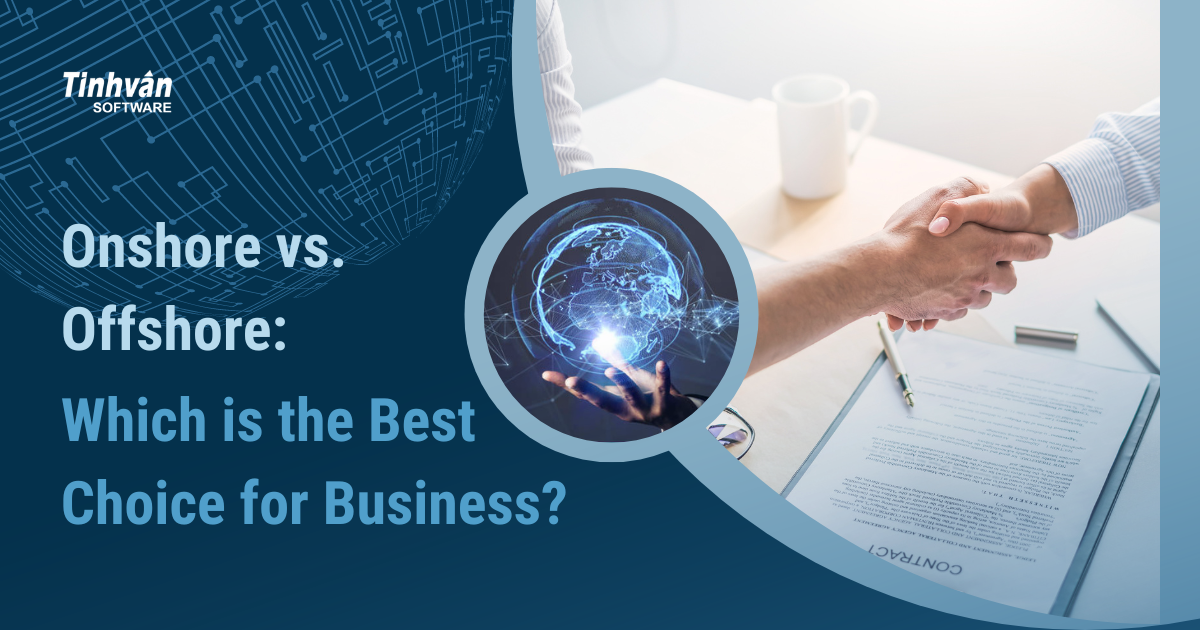
Embracing ESG (Part 2): How to Make a Successful ESG Strategy for Business
Creating a successful Environmental, Social, and Governance (ESG) strategy is critical for businesses in the 21st century. This approach not only signifies a commitment to sustainable and ethical operations but also responds to the increasing demands of consumers and investors for corporate responsibility. In this digital age, integrating technology into ESG strategy is not just beneficial; it's essential. Here's an in-depth guide on how to develop a robust ESG strategy, emphasizing the indispensable role of technology.

Understand ESG and Its Importance
Before diving into strategy development, it's essential to understand what ESG entails. ESG criteria are a set of standards for a company's operations that socially conscious investors use to screen potential investments. Environmental criteria consider how a company performs as a steward of nature. Social criteria examine how it manages relationships with employees, suppliers, customers, and communities. Governance deals with a company’s leadership, executive pay, audits, internal controls, and shareholder rights.
Challenges of Integrating ESG into Organizations
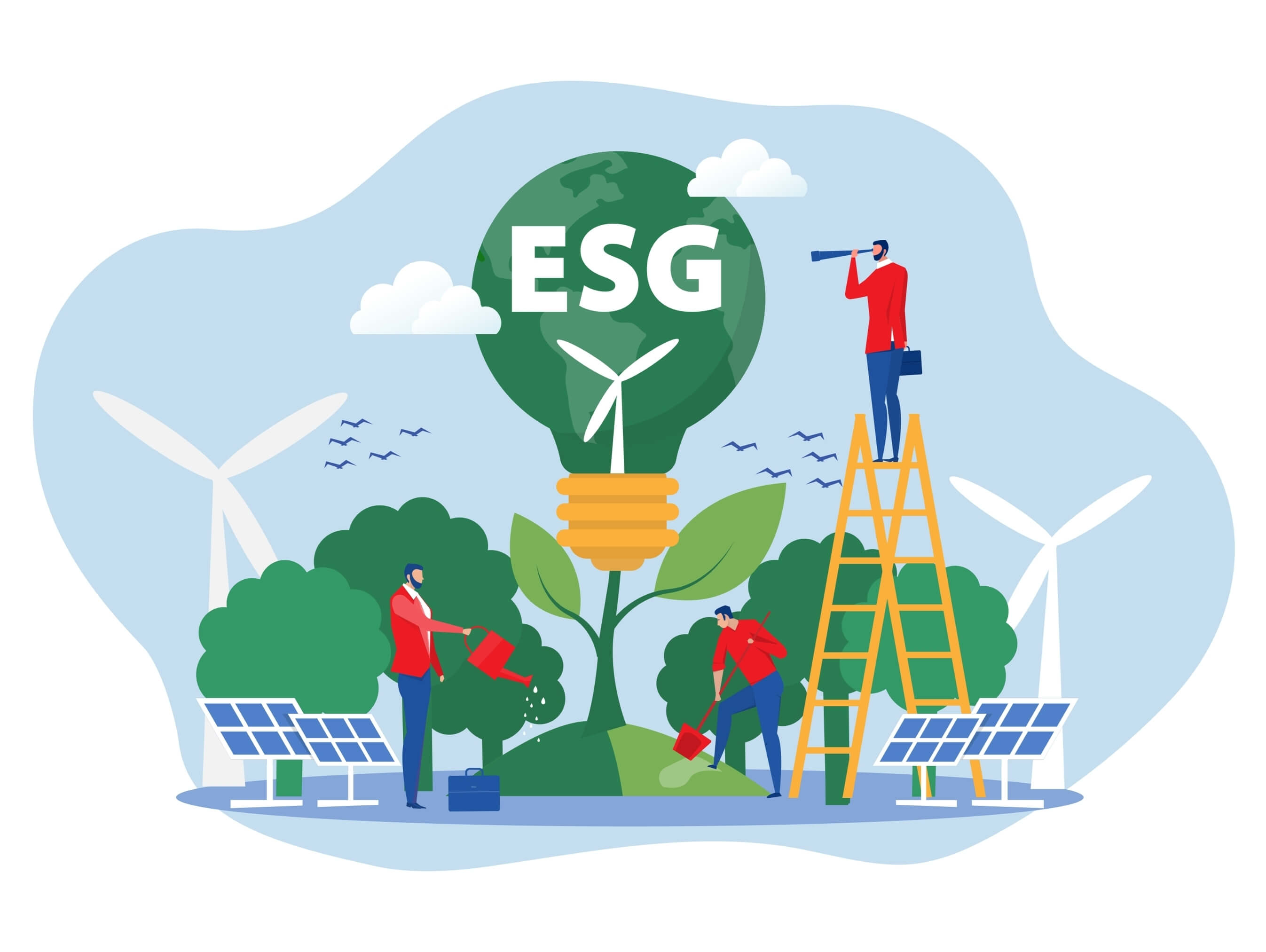
Integrating Environmental, Social, and Governance (ESG) criteria into organizations presents several challenges. The broad scope of ESG topics requires a multifaceted approach and expertise across various domains, making it complex to implement. Aligning ESG goals with traditional business objectives can be difficult, as it often necessitates significant operational and cultural shifts. Additionally, managing and reporting ESG data accurately demands robust infrastructure, which many organizations may lack. Engaging a diverse group of stakeholders and communicating ESG progress effectively adds another layer of complexity. Moreover, the constantly evolving nature of ESG standards requires organizations to continually adapt and update their strategies, posing an ongoing challenge.
Integrating Advanced Technology in ESG Strategy
Data Analytics and AI
Data Collection and Analysis: Utilize AI and big data analytics for gathering and interpreting complex ESG data, providing actionable insights.
Predictive Modeling: Use AI for forecasting ESG trends and outcomes, aiding in proactive strategy development.
Digital Reporting and Transparency
Automated Reporting: Implement software for automated ESG reporting, ensuring accuracy and consistency.
Blockchain for Transparency: Blockchain technology can be used to create transparent, immutable records of ESG initiatives and performance.
Efficiency and Innovation
Software Solutions: Employ software for resource management, reducing waste and optimizing energy use.
Virtual Collaboration: Use digital platforms for team collaboration on ESG projects, reducing travel and associated carbon footprint.
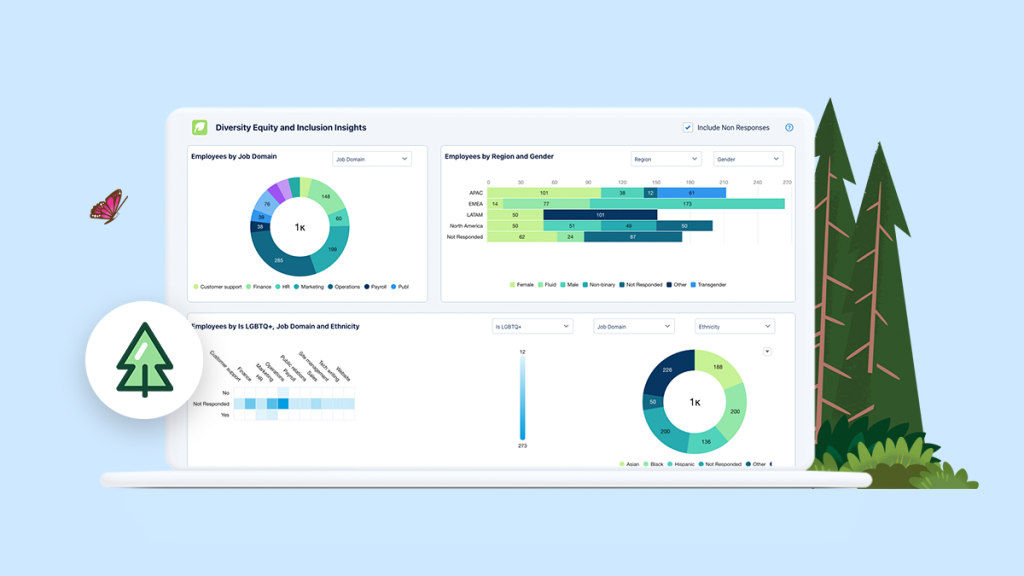
Stakeholder Engagement
Social Media and Digital Platforms: Engage with stakeholders through social media and digital forums, gathering feedback and building community support.
Virtual Town Halls: Host digital meetings and webinars to discuss ESG initiatives and gather stakeholder input.
Steps to Develop a Robust ESG Strategy
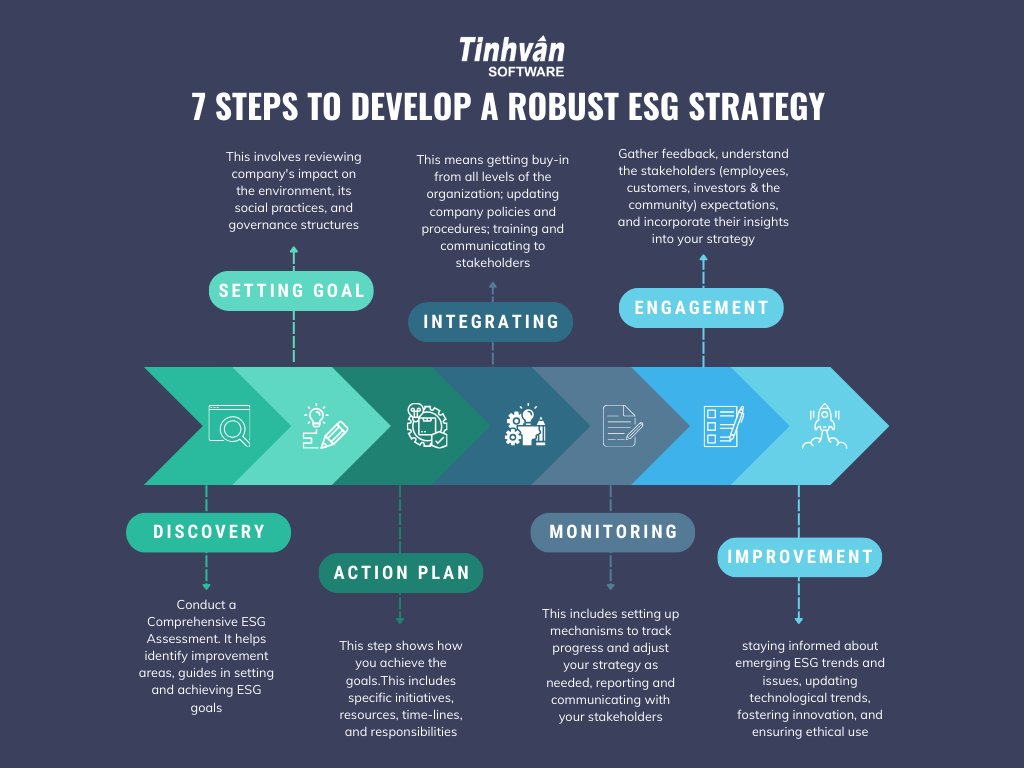
Step 1: Conduct a Comprehensive ESG Assessment
A comprehensive ESG assessment is vital in evaluating a company's environmental, social, and governance practices. It helps identify improvement areas, aligns operations with sustainable and ethical standards, and guides in setting and achieving ESG goals. This process enhances overall sustainability and corporate responsibility.
Step 2: Setting Strategic ESG Goals
Begin by assessing your current ESG performance. This involves reviewing your company's impact on the environment, your social practices (like employee rights and community engagement), and governance structures. Tools like sustainability assessments and ESG ratings can help you understand where your company stands and your ESG goals. These goals should be specific, measurable, achievable, relevant, and time-bound (SMART). For example, you might set a goal to reduce carbon emissions by 20% within the next five years or to achieve gender parity in leadership positions within three years.
Step 3: Formulating a Detailed Action Plan
With your goals in place, develop an action plan outlining how you will achieve them. This should include specific initiatives, resources, timelines, and responsibilities. For environmental goals, this could involve implementing energy-efficient processes or sustainable supply chain practices. For social goals, consider employee development programs or community engagement initiatives.
Step 4: Integrating ESG into Corporate Culture
For ESG efforts to be successful, they must be integrated into the corporate culture. This means getting buy-in from all levels of the organization, from the boardroom to the factory floor; update company policies and procedures to reflect ESG values. Besides, training and communication are key. You should implement comprehensive training programs using digital learning platforms and make sure to communicate regularly ESG goals and progress to employees.
Step 5: Continuous Monitoring and Adaptation
Regular monitoring of your ESG initiatives is crucial. Set up mechanisms to track progress against your goals and adjust your strategy as needed. Transparent reporting and communication about your ESG efforts are also essential. This can include annual sustainability reports, updates to stakeholders, and marketing communications that highlight your ESG achievements.
Step 6: Engage with Stakeholders
Engagement with stakeholders – including employees, customers, investors, and the broader community – is an important part of ESG strategy. Gather feedback, understand their expectations, and incorporate their insights into your strategy. This engagement can also help in identifying new ESG opportunities and managing risks.
Step 7: Continuous Improvement & Adapting to Emerging Technologies
ESG is not a one-time effort but a continuous process of improvement. Stay informed about emerging ESG trends and issues and be ready to adapt your strategy in response to new challenges and opportunities. It involves staying informed about emerging ESG trends and issues and being ready to adapt your strategy in response to new challenges and opportunities, updating technological trends, integrating new tools into existing operations, fostering innovation, and ensuring ethical use. This strategic approach enhances efficiency, drives innovation, and improves customer experiences, keeping businesses ahead in their industries.
Conclusion
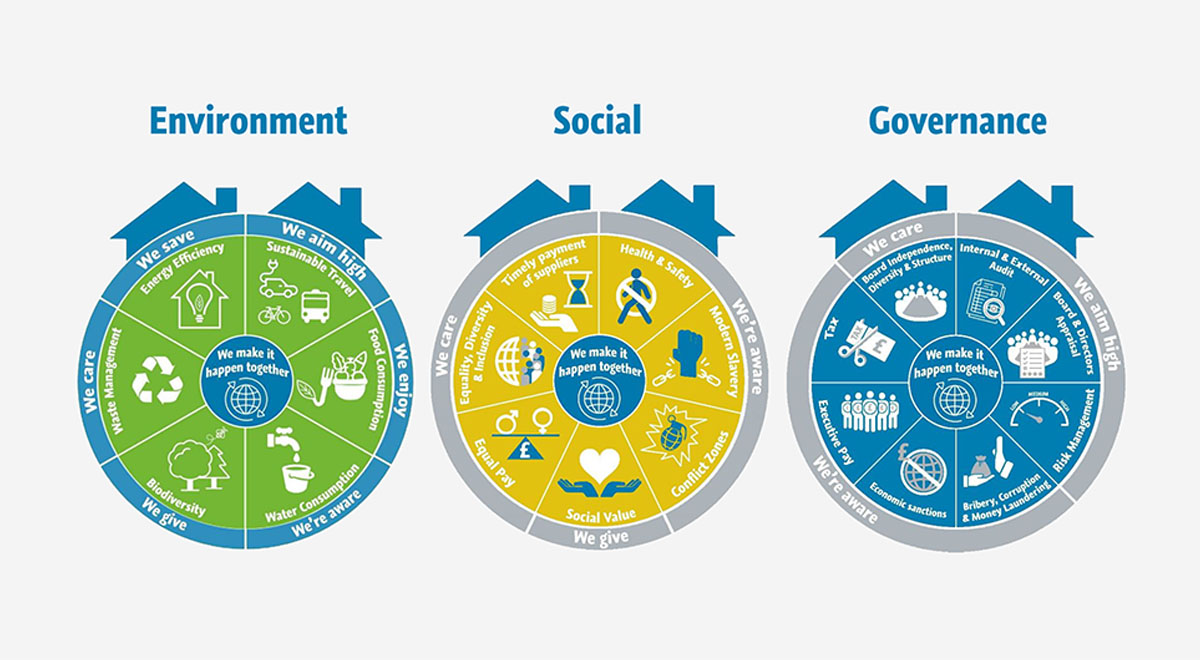
Developing a successful ESG strategy in today’s business world necessitates a deep understanding of ESG criteria, a robust assessment of current practices, setting clear goals, and a strategic action plan to achieve them. Technology plays a crucial role in every step of this process, from data collection and analysis to stakeholder engagement and reporting. Integrating ESG into the corporate culture, monitoring progress with tech tools, transparent reporting, continuous stakeholder engagement, and ongoing improvement are key components of an effective ESG strategy. By embracing technology in their ESG initiatives, businesses can not only enhance their reputation and meet evolving expectations but also contribute significantly to a sustainable and ethical future.
Let’s leverage technology with Tinhvan Software now to effectively address the complexities of ESG and establish themselves as sustainable and responsible leaders in your industry.
Source: Tinhvan Software



